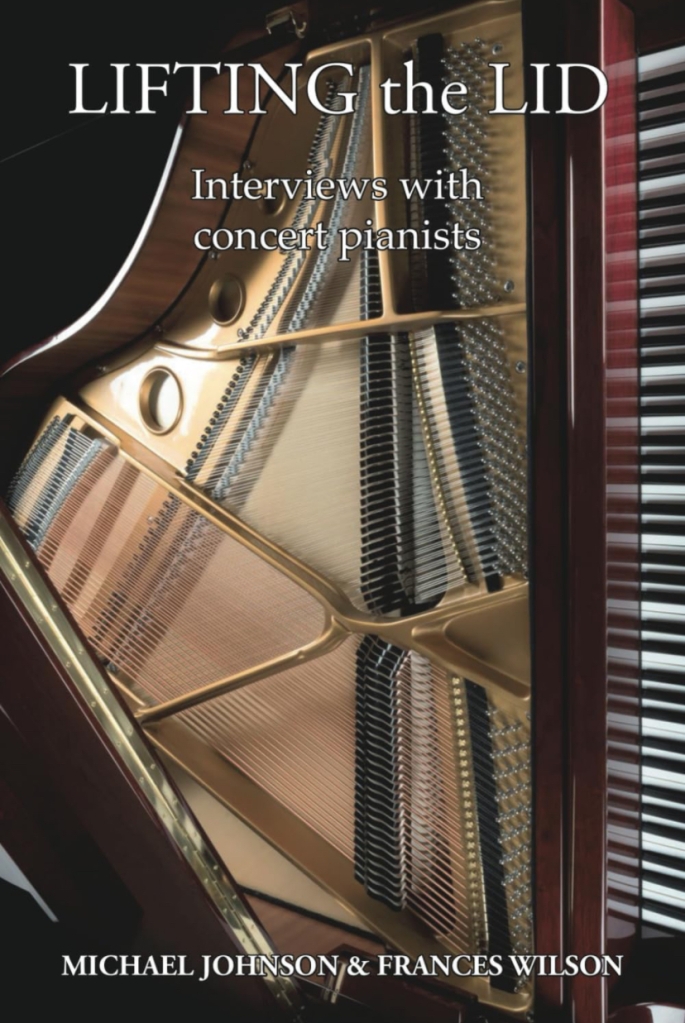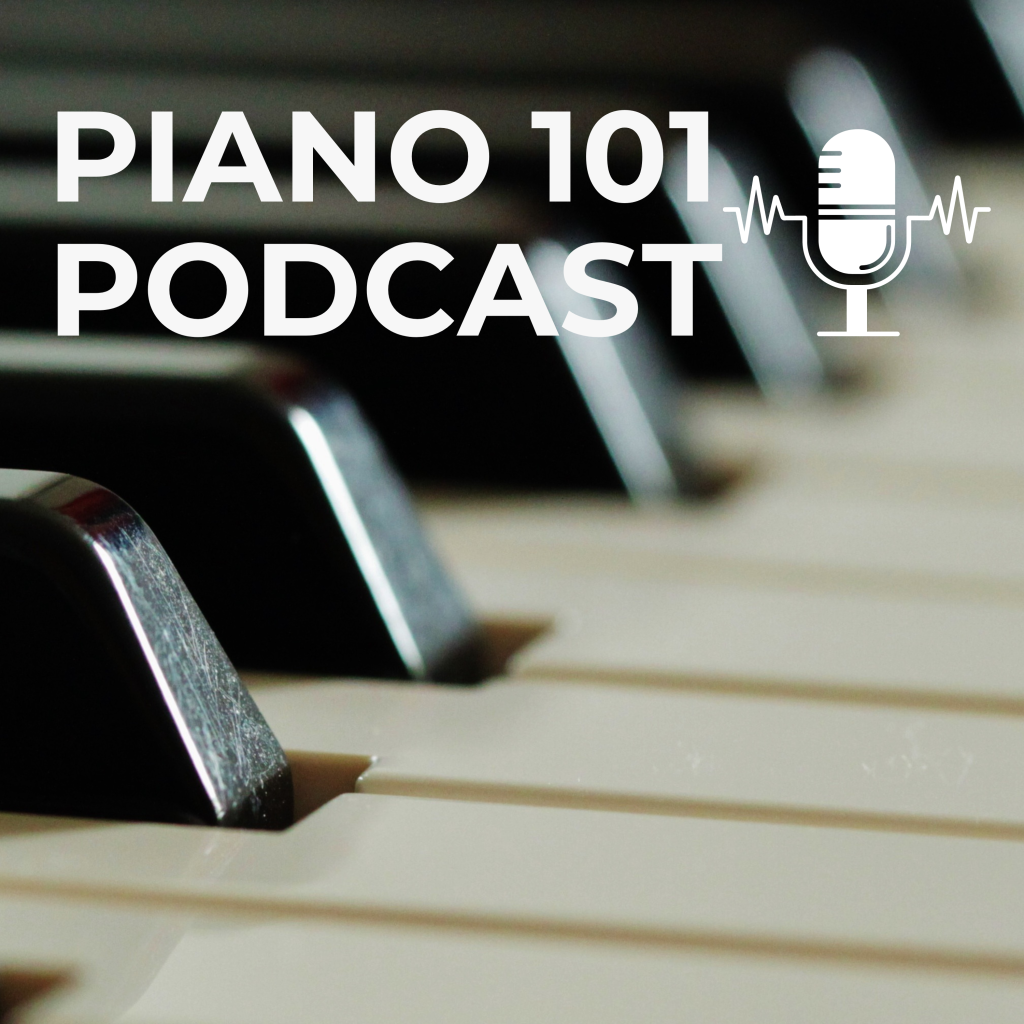 Rachmaninoff composed his Opus 33 Études-Tableaux between August and September of 1911, the year after he completed his Opus 32 Preludes, and while the Opus 33 shares some stylistic points with the Preludes, the pieces are very unlike them.
Rachmaninoff composed his Opus 33 Études-Tableaux between August and September of 1911, the year after he completed his Opus 32 Preludes, and while the Opus 33 shares some stylistic points with the Preludes, the pieces are very unlike them.
The pieces are intended as “picture studies”, evocations in music of visual stimuli, though Rachmaninoff was never specific about what inspired each piece; he preferred to leave such interpretations to listener and performer, suggesting they should “paint for themselves what it most suggests”, rather as Debussy does in his Études, and Préludes (whose titles appeared at the end of the piece in Debussy’s original score). And like the piano Études of Scriabin, Debussy and Messiaen, Rachmaninoff used these pieces to explore and exploit a wide variety of themes, textures and sonorities, the possibilities of the modern piano, and how music for it should be written. They are also related to Chopin’s Études Opp 10 and 25, for they make technical demands on the pianist, while also offering characterful, beautiful and varied writing for the instrument. (It is no accident that Rachmaninoff greatly admired Chopin, especially his ability to write exquisite piano miniatures.)
Performing all eight Études-Tableaux together could be considered to run counter to the composer’s original intentions: he published only six in his lifetime. Numbers three and five were published posthumously, though are often inserted amongst the six etudes in modern editions. Number four was transferred to the Opus 39 set. The works make various demands on the pianist: syncopations, alternating hands, changing time signatures, awkward extensions, brisk tempos, expressive melodies, large hand leaps and massive chords. Many require strength, precision, endurance, rhythmic control, and dynamic and tonal balance. They push the boundaries of the Étude even further than Chopin or Liszt did, and are virtuosic in the extreme, with passionate character and vivid rhythmic vitality.
I hadn’t really explored these pieces until I heard the No. 2 of the Opus 33, in C Major, played as an encore by Norwegian pianist Leif Ove Andsnes in a recent recital on the Southbank. He played it with a Chopinesque tenderness, yet it was unmistakably Russian, the arpeggios in open fifths of the first bar, which form a recurring motif and accompaniment throughout, lending a slightly folksy feel to this work, and putting us in touch, as Rachmaninoff does with a great deal of his music, with the vastness of his native land.
The LTCL repertoire list asks for “two contrasting Études-Tableaux‘ from either Opus 33 or Opus 39, so I selected the No. 2 and No. 7 (sometimes listed in editions as No. 4) from the Opus 33. The No. 2 is a beautiful nocturne, a soaring melody over an arpeggiated accompaniment. The study elements of this piece are achieving a balance between the hands, and coping with some awkward extensions in the arpeggios. By contrast, the No. 7 in E flat, a brilliant and triumphant march, opens with a bright, brassy fanfare, and wild alternating chords, and bells at its close. It’s full of wit and humour, redolent of the Prelude in E, Opus 32, No. 3, and, to me, suggests an aristocratic rider, liveried in gold and scarlet, on a lively, prancing horse. Rachmaninoff himself actually nicknamed it “Scene at the Fair” when discussing it with Respighi (who orchestrated the Études-Tableaux‘). Its principal difficulty lies in the middle section where huge leaps and chords of 10ths make playing it up to tempo tricky. I’ve found practising it slowly and quietly protects the hands, and ensures accuracy when pushing the tempo up.
As for a recording, look no further that British pianist John Lill, who has recorded both Opuses. He gives a big, bright, full sound when required, and retains a strong sense of line and the dramatic impact of these pieces throughout, yet he never over-interprets.
Here is Sviatoslav Richter in the Opus 33, No. 4 (which I am also planning to learn)
And Hélène Grimaud in the No. 2 and No. 1





